When I run any presenting skills workshop I ask participants to discuss and decide which is more important – audience, content or presenter. The question often leads to some interesting debate.
“Well it has to be the content, doesn’t it?” says one participant. “Without the content the presenter can’t present anything.”
“No, it’s the presenter,” argues another, “because if the presenter isn’t engaging no one will care about the content anyway.”
The chat continues and sometimes, but not always, they come to the conclusion that in any speech, pitch or presentation, the audience is the most important factor - more important than the content and certainly more important than the speaker. The reason? If you don’t know who your audience is you won’t be able to craft content that will meet their needs, or effectively deliver it to them.
For many people when they’re asked to do a presentation, they will open up PowerPoint or Keynote and start to create a presentation that focuses on what they want to tell people. But a presentation is never about the presenter, it should always be about the audience.
To know what they want to hear, what will connect with them and what will ensure they get the best take away from your talk, you need to know a bit about them.
So before you even start to think about what you will put into your presentation, it is important to find out as much as possible about who will be listening. Take some time to think about it, ask the event organisers and even survey the audience if you have the opportunity. You could also consider polling people similar to those who will be attending as well reviewing the event materials and information about a previous similar event.
The types of information that will help you to craft a presentation that really connects with your audience are:
- age, gender, occupation, level of education, beliefs
- the theme and purpose of the event
- their level of knowledge about the topic
- their familiarity with jargon or technical terms you may use
- what they are expecting to hear
- whether they know who you are and why you are speaking
- how they are likely to feel about your presentation
- whether their attendance is voluntary or mandatory
- what time of day they will be listening
- what they will be wearing
Once you have a good understanding of your audience, you can start to think about how to enhance your content so that it aligns with them and you can create a stronger connection with them.
The amount of time you spend analysing your audience will vary depending on the length and importance of the speech. But it is a crucial step to enable you to develop your material around what the audience needs to hear, rather than what you want to tell them. You can then use appropriate vocabulary and incorporate stories and other information they can relate to. This shows that you are interested in the audience enough to create content that is relevant and interesting to them; therefore, setting yourself up for success in the delivery.
Mel Sherwood is a pitch and presentation specialist who prepares ambitious entrepreneurs and business professionals to take centre stage, embrace the spotlight and present with more confidence, credibility and conviction.
Mel's book 'The Authority Guide to Pitching Your Business - how to make an impact and be remembered... in under a minute!' is available on Amazon. To find out more go to www.melsherwood.com or follow Mel on Twitter @MelSherwood_


